Sustainable wellbeing and green living
Let's find ways to Flourish!
Bartering for the environment

When we think of bartering, it is easy to think of it as an ancient practice replaced by modern currencies. Mesopotamian tribes are thought to have started the first bartering systems in around 6000 BCE to trade food, weapons, and spices. In ancient Rome, services were bartered for salt. Bartering is thousands of years old and precedes the use of money; however, it is still relevant and used today with many online sites available for anyone who has something to trade. But where does bartering fit in a modern society? And what makes it beneficial?
What is bartering?
Bartering is a direct exchange of goods and services, without a money intermediary. It is a great way to participate in a sustainable and circular economy, and encourages the use of second-hand clothing, jewelry, and other items by creating a trading community, as opposed to being centred around a currency. Although it often does, bartering doesn’t have to involve goods. Services such as trade work, cooking and cleaning, a...
How to make your coffee even better

I confess that while I drink my herbal tea all day long, my morning treat is one really good cup of coffee. We all have those treats, and if coffee is one of your go-to choices perhaps it’s an iced cappuccino on a hot day or a morning dose of caffeine, it is worth considering if we can make coffee better.
With nearly 2 billion cups consumed every day across the globe, coffee is one of the world’s most popular drinks, and, according to Fairtrade, with 125 million people whose livelihoods depend upon it, coffee is also the most valuable and widely traded agricultural product. As with any industry this size, coffee production has significant environmental and social impacts, and it is important to remember that our beloved caffeinated beverage affects more than our sleep schedules. Your daily cup of coffee presents an opportunity to choose sustainability and start off your day with a positive impact on the world around you.
Navigating the world of sustainable coffee can present its own ...
Raising Eco Minimalists with Laura Durenberger

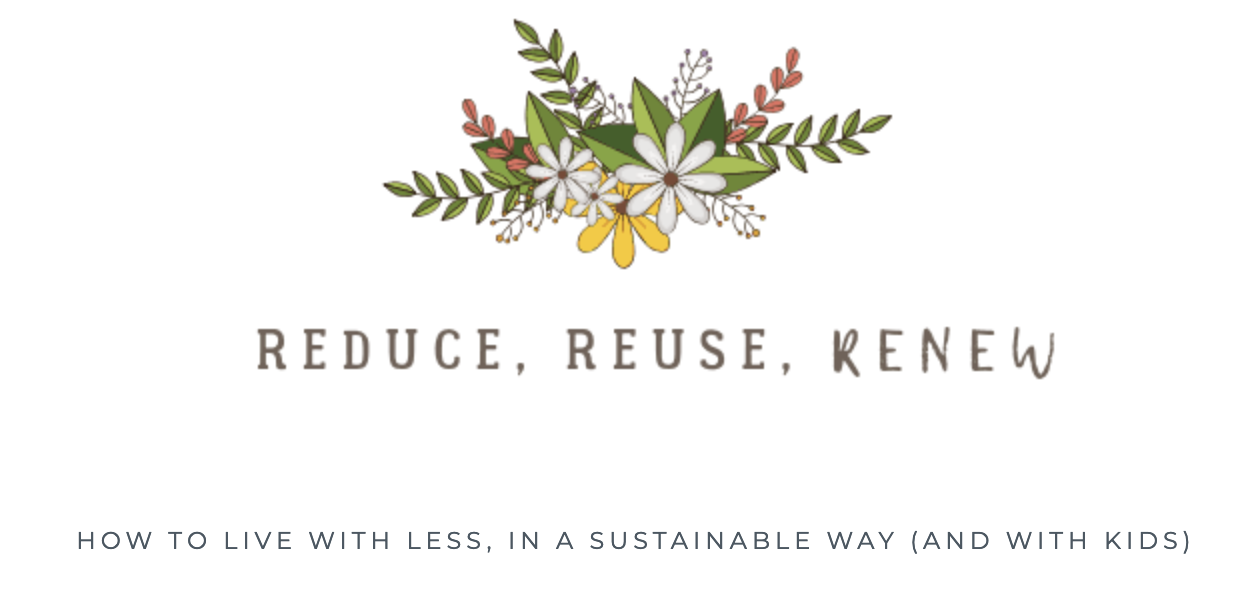
Better seafood choices are within reach
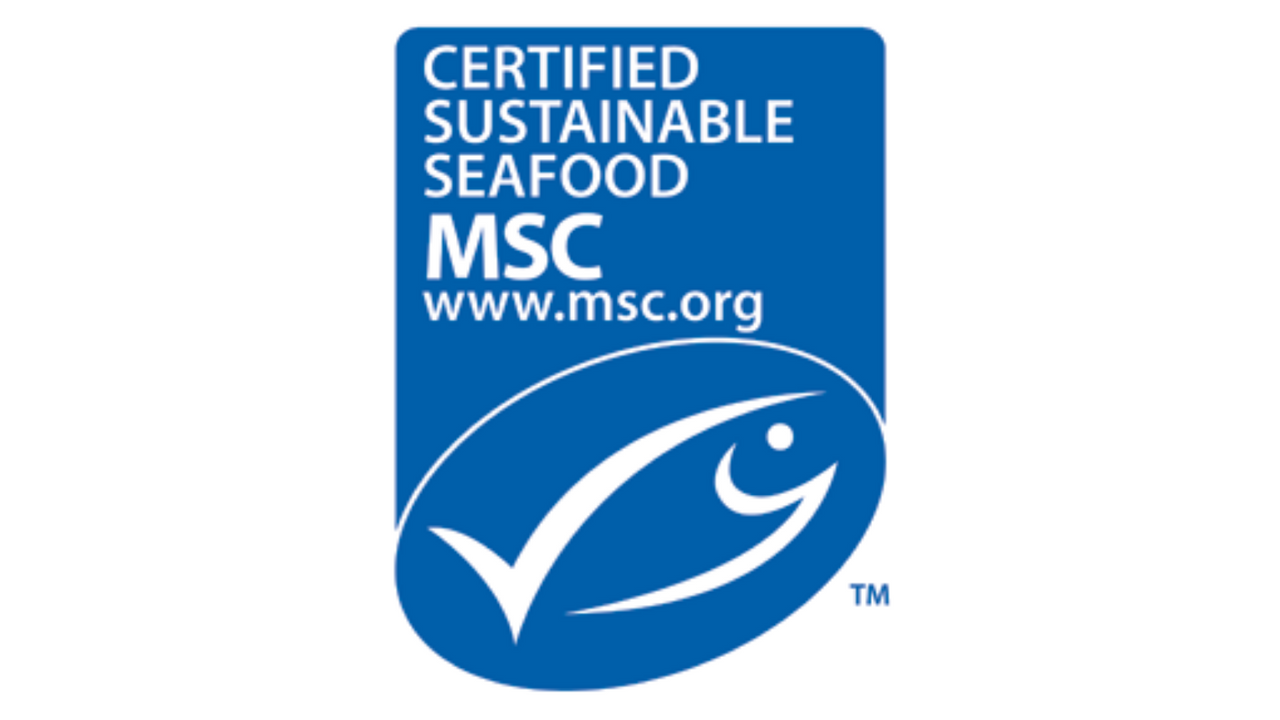
It is no secret that the food we consume helps to determine our environmental impact. On some level, we know this is the case. However, it can be easy to overlook and misunderstand the exact environmental impacts of our food. This is because we are so removed from the production, processing, and transportation processes that bring our food from farm or sea to our dinner tables.
The truth is, that many of us are quite unaware of the impacts our food has on the environment throughout multiple stages in what can be a complex food supply chain. This lack of knowledge may lead us to make incorrect judgments about the sustainability of our food choices.
For example, many people choose to eat fish and other seafood as an environmentally friendly alternative to meat such as chicken, beef, and pork.
Is seafood sustainable?
It is true that seafood has a smaller carbon footprint than other meat. This is because wild-caught fish feed in the wild, and don’t require land or fresh water, and are ...
The push for greener grocery stores
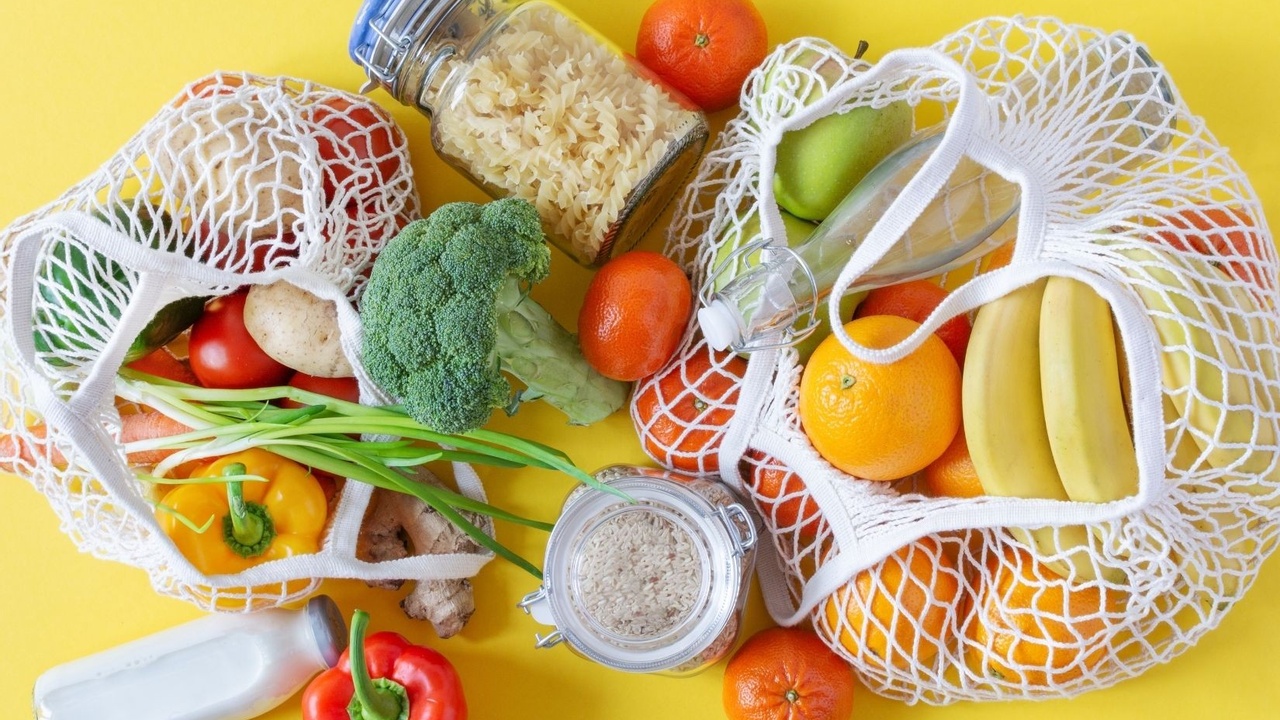
Pursuing a green lifestyle isn’t always easy – it’s true that eco-friendly goods and services aren’t always available, accessible or affordable, never mind convenient. As much as we may try to minimize our impact on the planet, sometimes the systems in place make that difficult.
While we are seeing many businesses going green and making commitments to reduce their environmental impact, there are still some businesses (especially essential services) that seem to be stuck in their environmentally harmful ways.
Take grocery stores, for example. Grocery stores are vital components of the built environment that make neighbourhoods and communities liveable. While it is possible to purchase some of your food from alternative sources such as farmer’s markets, community gardens, community supported agriculture, and your own backyard, chances are that you’ll still need to visit the grocery store every now and again.
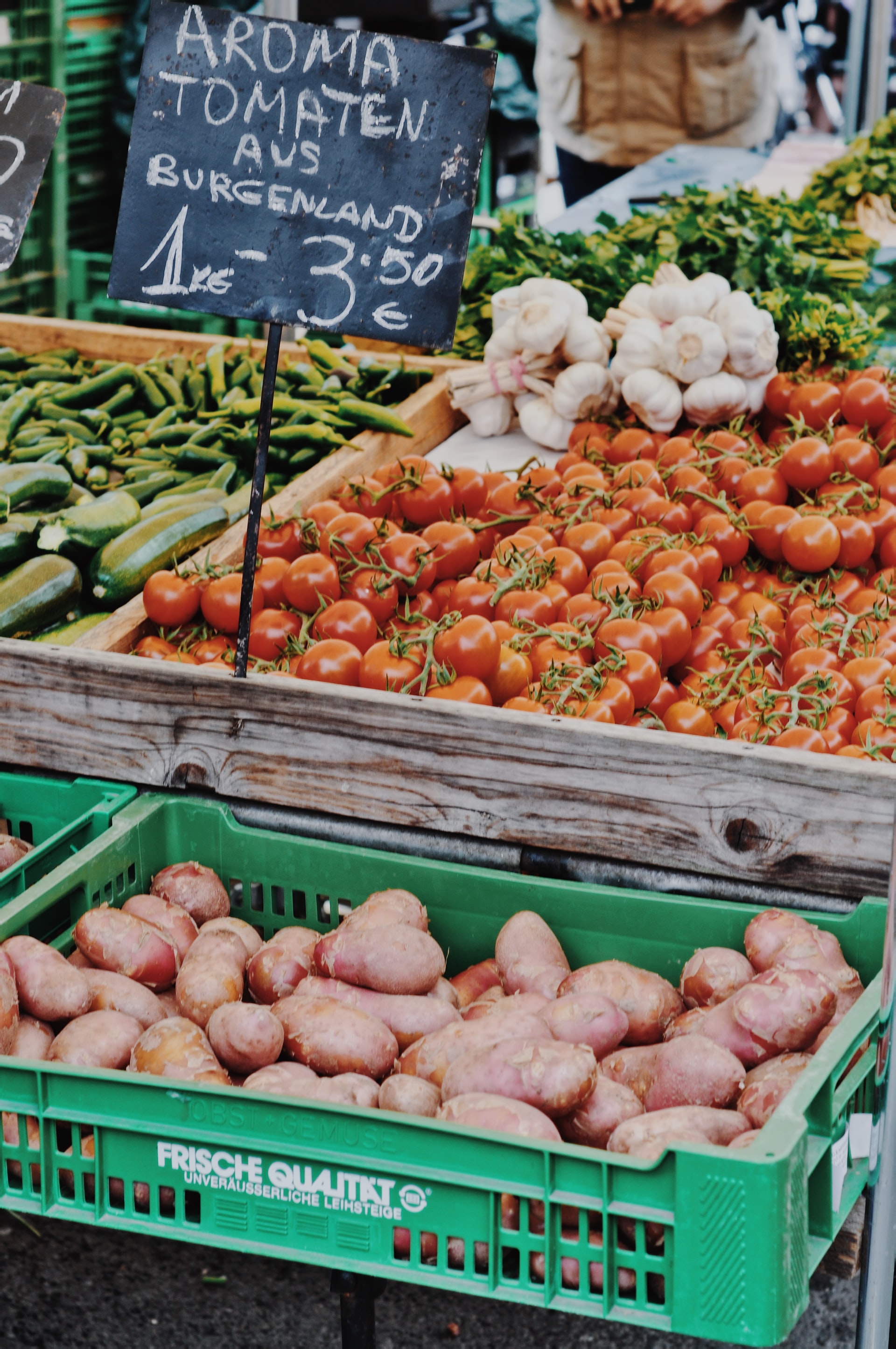
So, given the fact that shopping at grocery stores is somewhat unavoidable ...
Tying the knot while loving the earth

Weddings are often one of the most significant days of our lives and can be a beautiful celebration of your relationship and public commitment that you make to one another. And yet, amidst the joy and beauty of this celebration, the truth is that typical weddings can have a large negative impact on the earth.
Think about it – all the food, decorations, wedding favours, clothing purchases, and of course gifts. Many of these items end up being purchased solely for the wedding day, and unfortunately, weddings can generate plenty of wasteful behaviours and over-consumption. When really, all that we want is to celebrate two people and their love for one another. So, why all the waste?
According to the Green Bride Guide, the average wedding in the United States produces 400 pounds of garbage and 63 tons of carbon dioxide. Producing that amount of waste in one day just isn’t sustainable, especially considering how many couples get married each year.
And yet, there are plenty of ways to min...
Protecting the ribbon of life
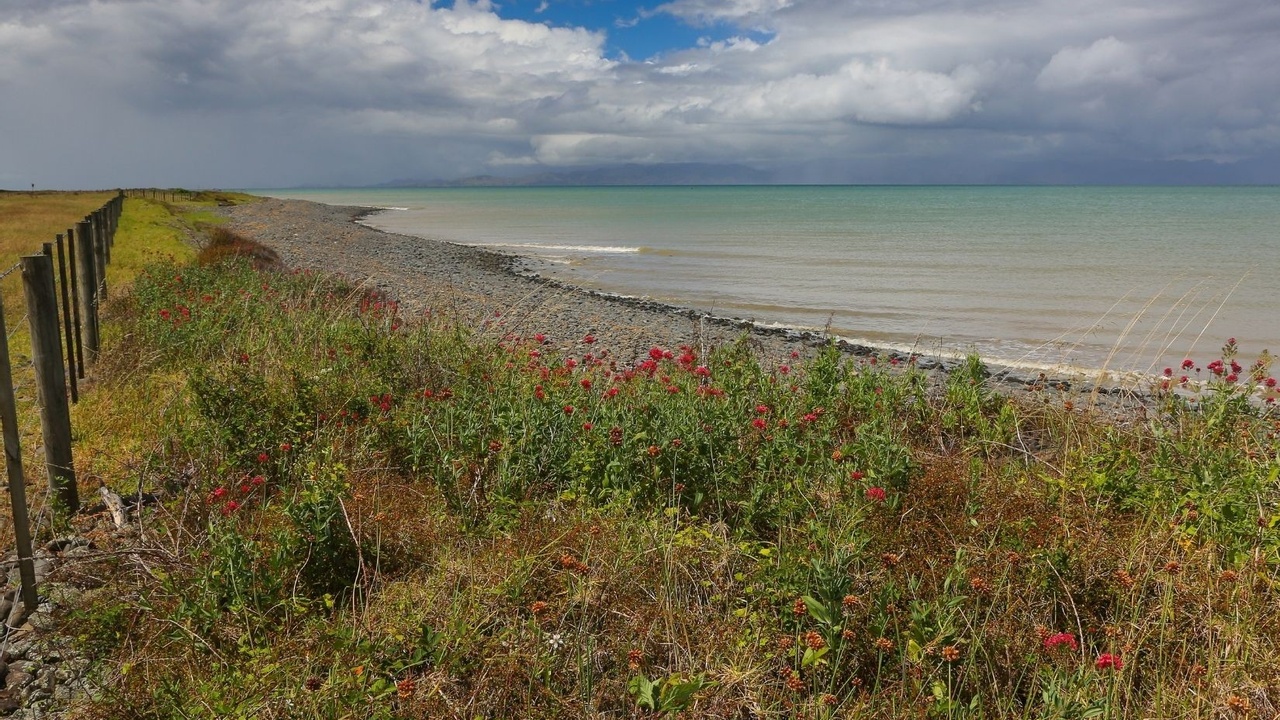
Spending time on a shoreline is a privilege and an escape that so many of us enjoy. Whether that is with day trips to the beach, or camping near waterways or having a cottage or even home on a shore, we know that being at the water’s edge is calming and peaceful. For me it somehow washes away my stress in an instant.
In fact, it is thought that watching the movement of water is so ingrained in our evolution, that it is innately calming to most of us, and being in nature has known benefits to both our physical and mental wellbeing.
However, as much as we like to be near the water or to live on waterfront properties and take advantage of the benefits that come along with these locations, it is crucial to remember that lakes aren’t just for human enjoyment. They are ecosystems that provide a habitat to many important species that contribute to the overall health of the lake.

Development alongside lakes, which consists of building waterfront homes, cottages, and campsites, has a signi...
Why bicycle parking garages make a difference

Cities are beginning to adjust their infrastructure in an effort to become more inclusive when it comes to active transportation methods. Active transportation is any kind of human-powered form of travel. This includes walking, cycling, running, skateboarding, rollerblading and more.
One method of active transportation in particular is quite popular and has the potential to really transform the way we use our roads and build our cities. As you might have guessed…this method of transportation is cycling!

Ever since the COVID-19 lockdowns, there has been a dramatic increase in bicycle sales around the world. It’s no secret that people have been exploring new hobbies over the course of the pandemic, and this so-called bike boom might result in significant and long-lasting changes when it comes to the way we get around in our cities.
For example, many cities around the world have taken measures to create more space for bikes on the road. In Paris, hundreds of kilometers of pop-up cycl...
How to be an eco-traveler

Lots of us like to travel, and indeed there are many economies that rely on tourism and travel, but the COVID-19 pandemic largely shut that down and while we saw reductions in air pollution levels from the dramatic decline in air travel as well as far fewer vehicles on the road, we know that travel will remain an important part of our world. So, let’s talk about the intersection between travelling and sustainability, otherwise known as eco-travel.
The problem with tourism
When we think of tourism and common tourist destinations, we might associate this with harmful environmental actions and practices. For example, carbon-heavy flights, overpopulated tourist destinations where humans leave their imprint, the unnecessary purchasing of cheaply made souvenirs, and more.
While tourism is a major industry that makes a significant economic contribution to many countries, there are many social and environmental issues associated with tourism. These problems include the potential change or l...
Finding your green community: Ecovillages
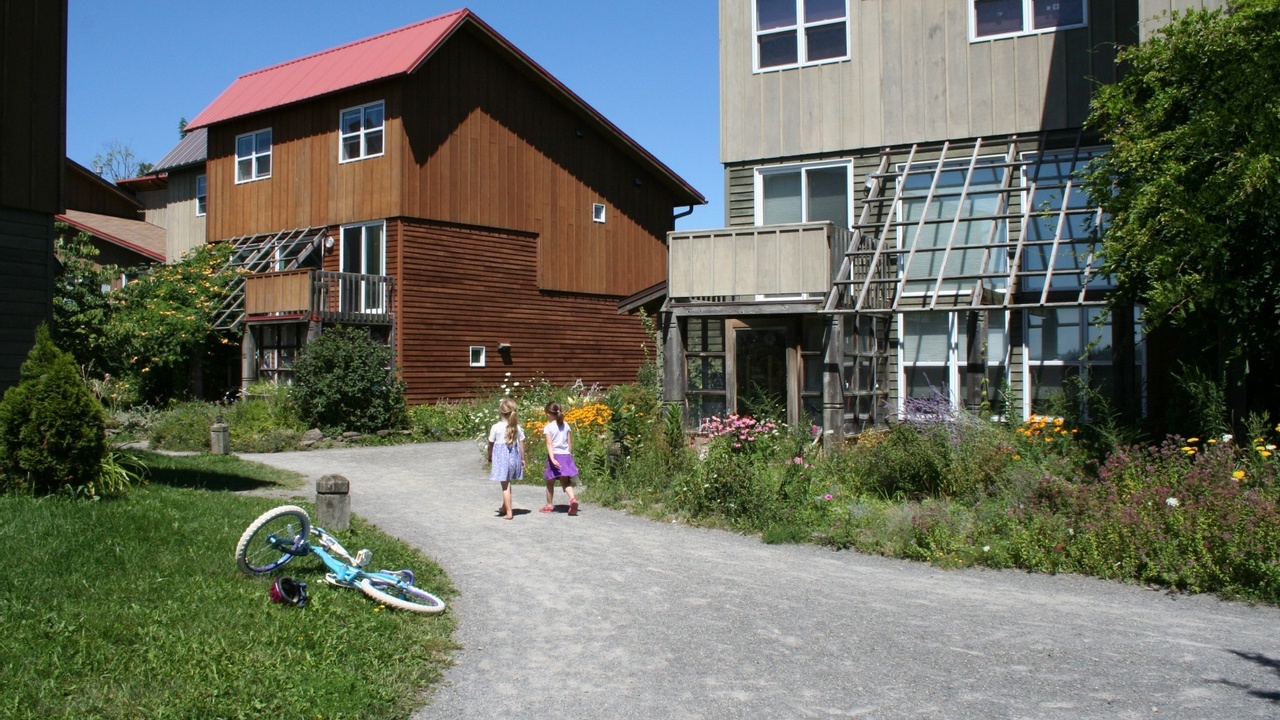
Image sourced from: Ecovillage at Ithaca
It’s no secret that leading an eco-friendly life can sometimes be challenging. But do you know what makes things ten times easier? Community!
After all, it’s hard not to feel discouraged or like the odd one out when your efforts to lessen your environmental impact are not reciprocated by your neighbours or community members. Being surrounded by like minded people creates a beneficial atmosphere where environmentally friendly lifestyle changes, behaviours, projects, and initiatives are encouraged and supported.
This is why there is a plethora of online Facebook groups, neighbourhood meet ups, community clubs and more which strive to facilitate a sense of community for those who are interested in living green.
These small communities are great, but is it possible to create such environmentally friendly communities on a larger scale?
Yes, it is!
Have you ever heard of Ecovillages?
Ecovillages are entire communities which have been built wi...

